After three years, the Boeing spacecraft was launched again
Successful launch
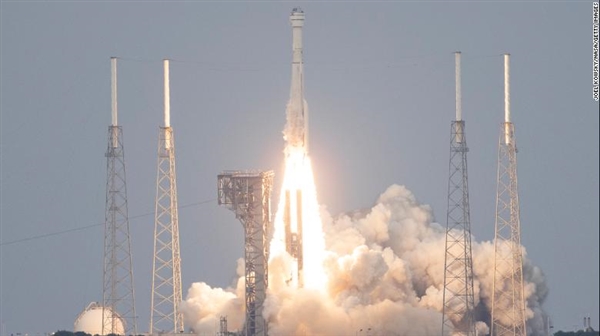
Successful launch
The Starliner began its unmanned test flight at 18:54 EASTERN TIME on the 19th and was launched from Cape Canaveral Air Force Base in Florida on a United Launch Alliance Company’s Atlas V carrier rocket. Despite the failure of two thrusters, the Starliner entered its intended orbit 31 minutes after takeoff.
The Interstellar Airliner stayed nearly 2 hours away from the International Space Station, longer than originally planned, because ground controllers had to debug the spacecraft to ensure that nothing was wrong. When it was time to start docking, the Starliner completed the mission in only 4 minutes, and the ground control center immediately cheered.
The Starliner carries about 363 kilograms of cargo and astronaut supplies to the space station, and will return to Earth with 272 kilograms of space station supplies after staying in orbit for 5 days.
Failures keep coming
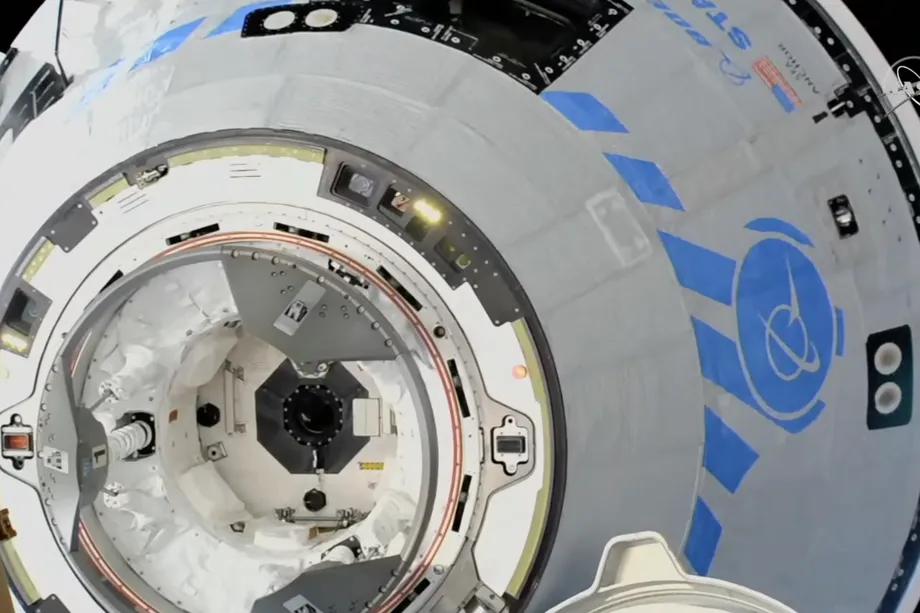
CST-100 Starliner
This is the second unmanned test flight of the Starliner. It conducted its first unmanned test flight in December 2019,[1] failed to enter its intended orbit, and was forced to cancel plans to travel to the International Space Station and return to Earth early. Surveys have shown that software defects are the main causes of first flight failures. Since then, the second unmanned test flight of the Starliner, originally scheduled for August 2021, has been postponed due to a rocket propulsion system failure.
Before the test flight began, ground controllers practiced operating the spacecraft and testing the equipment, but two thrusters and a cooling circuit failed after takeoff. However, Boeing said that the spacecraft’s stable temperature and other thrusters did not affect the overall mission objectives.
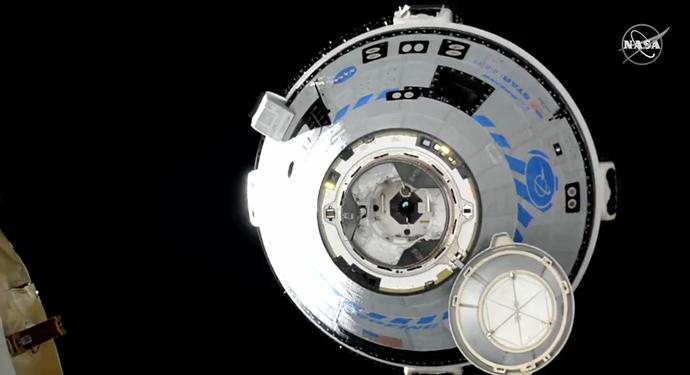
CST-100 Starliner
Multiple options
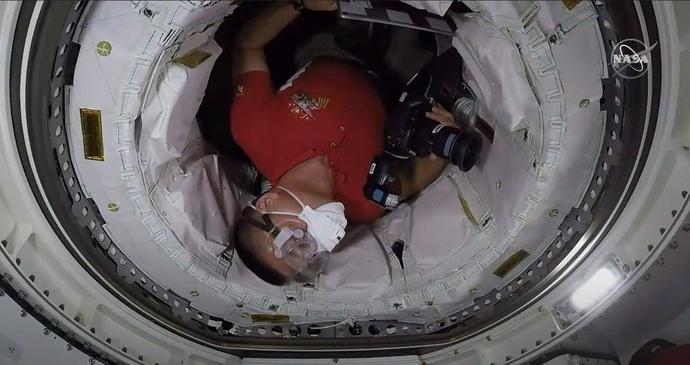
Astronaut in CST-100 Starliner
If the test flight goes well, the Starliner could launch a manned mission this fall as early as this fall to transport astronauts to the International Space Station.
NASA has been hoping for years that there are multiple options for how to send astronauts to the International Space Station.
Since the retirement of the U.S. Space Shuttle in 2011, the United States has vigorously developed commercial manned spaceflight. Boeing and Space Exploration Technologies were awarded NASA manned spacecraft project contracts in 2014 to build the Starliner manned spacecraft and the manned Version dragon spacecraft to transport American astronauts to the International Space Station. NASA has been hoping for years that there are multiple options for how to send astronauts to the International Space Station.
Since the Dragon spacecraft began manned flights 3 years ago, it has transported 18 astronauts and space tourists to the International Space Station.
References:
[1]Coverage Set for NASA’s Boeing OFT-2 Briefings, Events, Broadcast | NASA

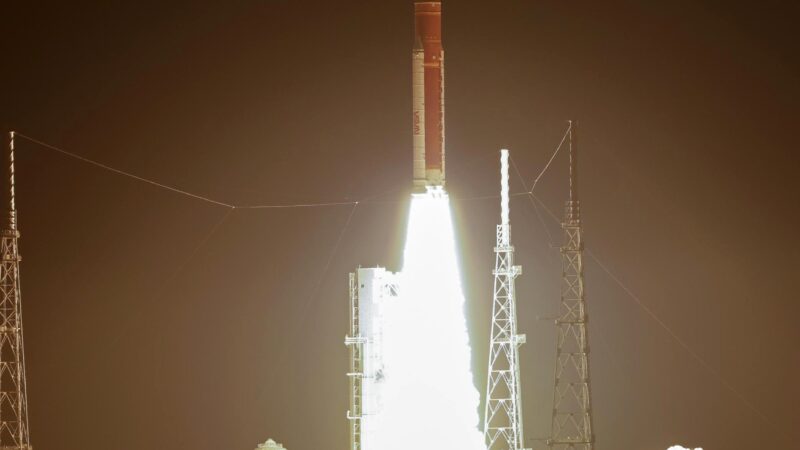

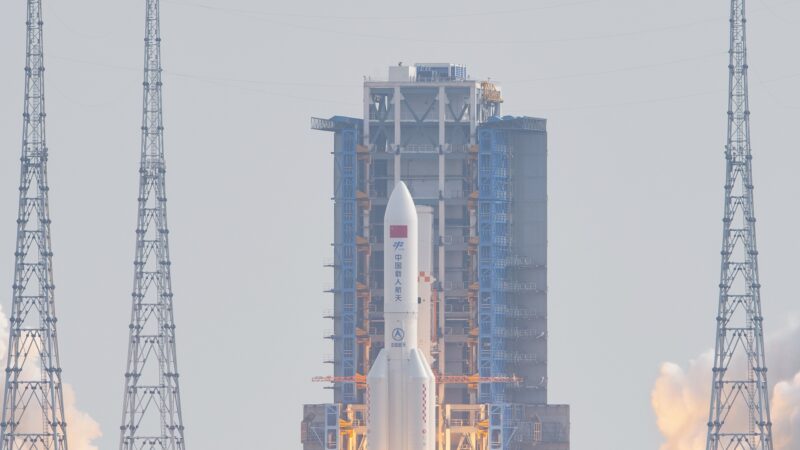
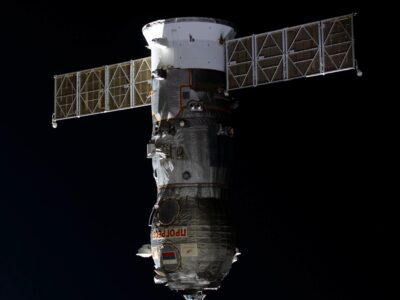
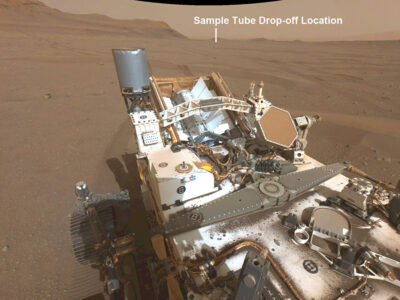
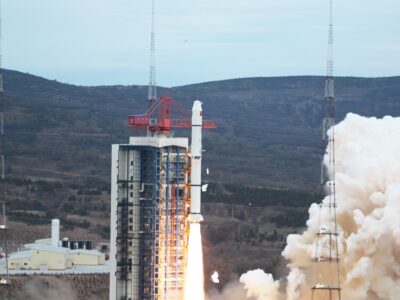
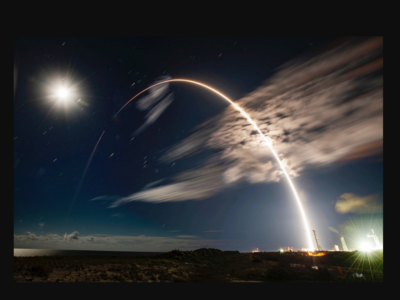



Amazing!